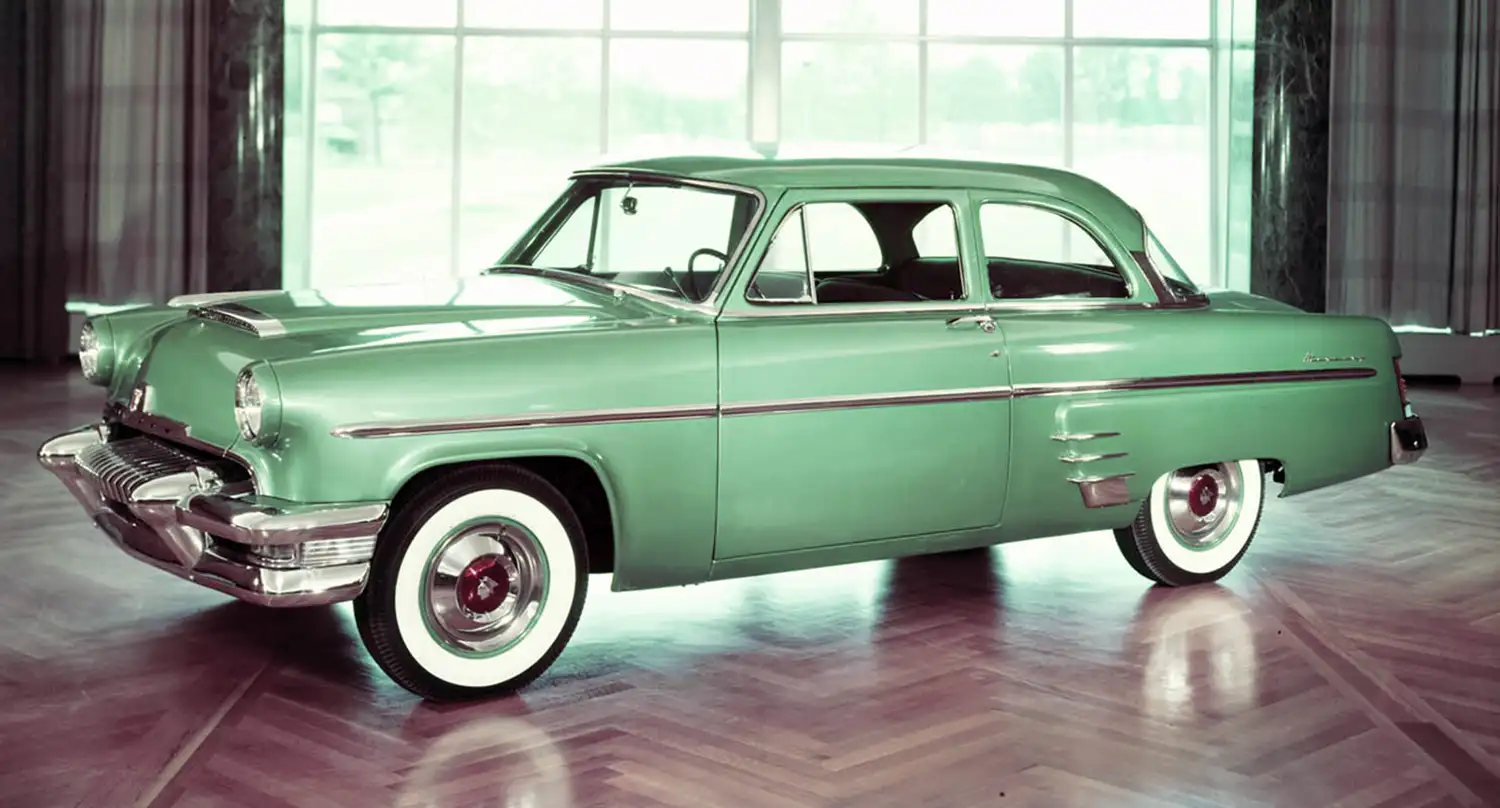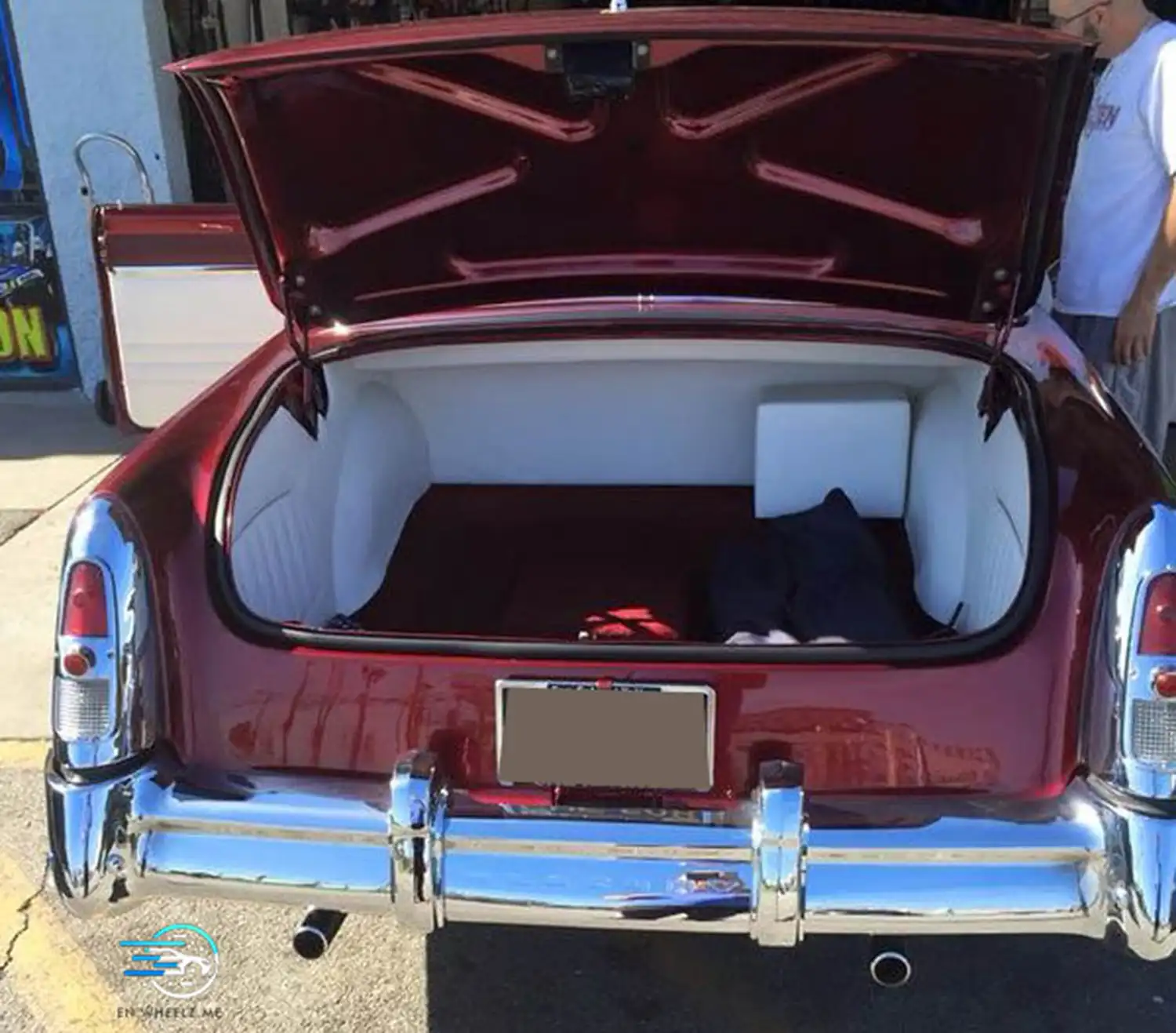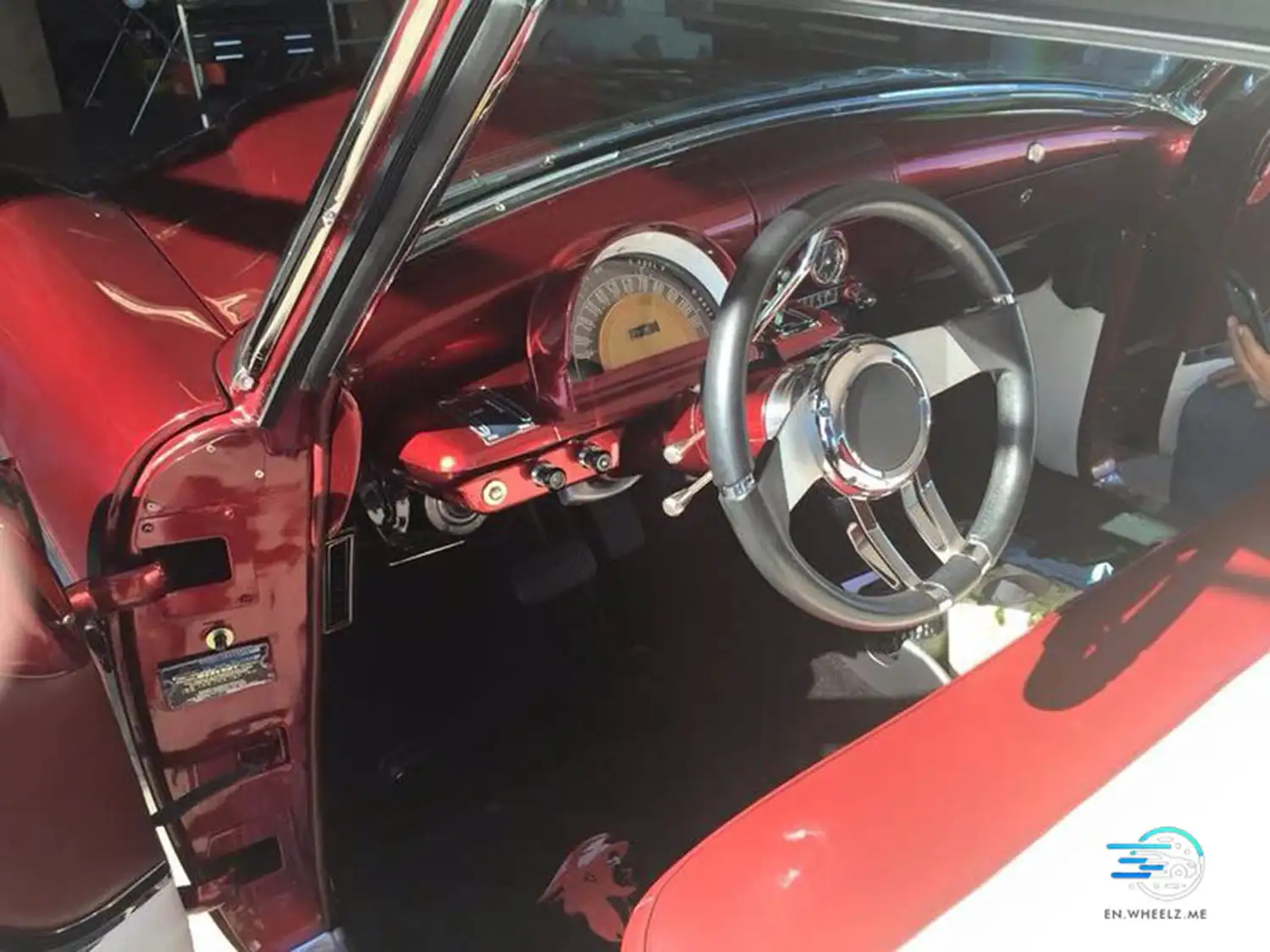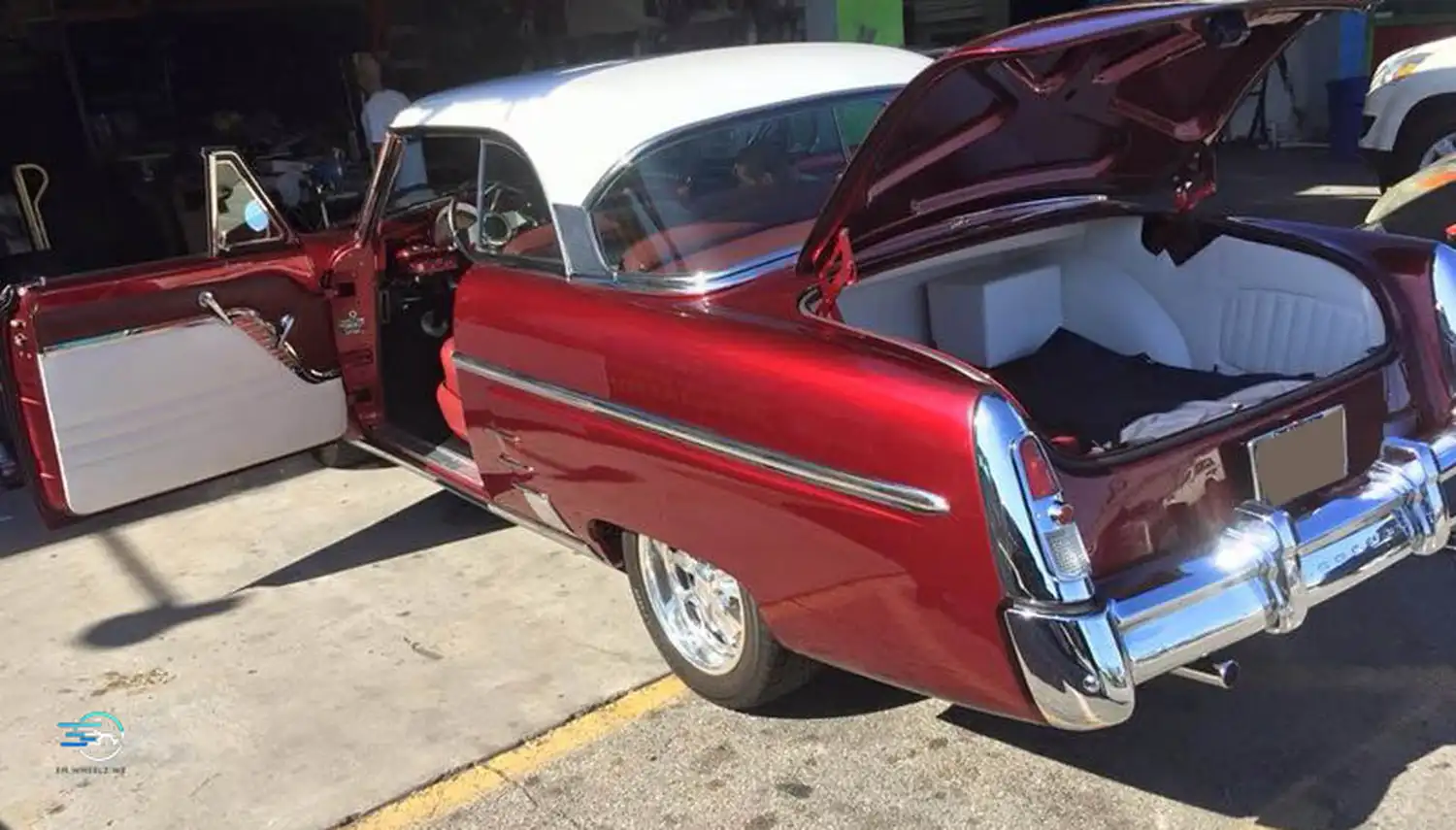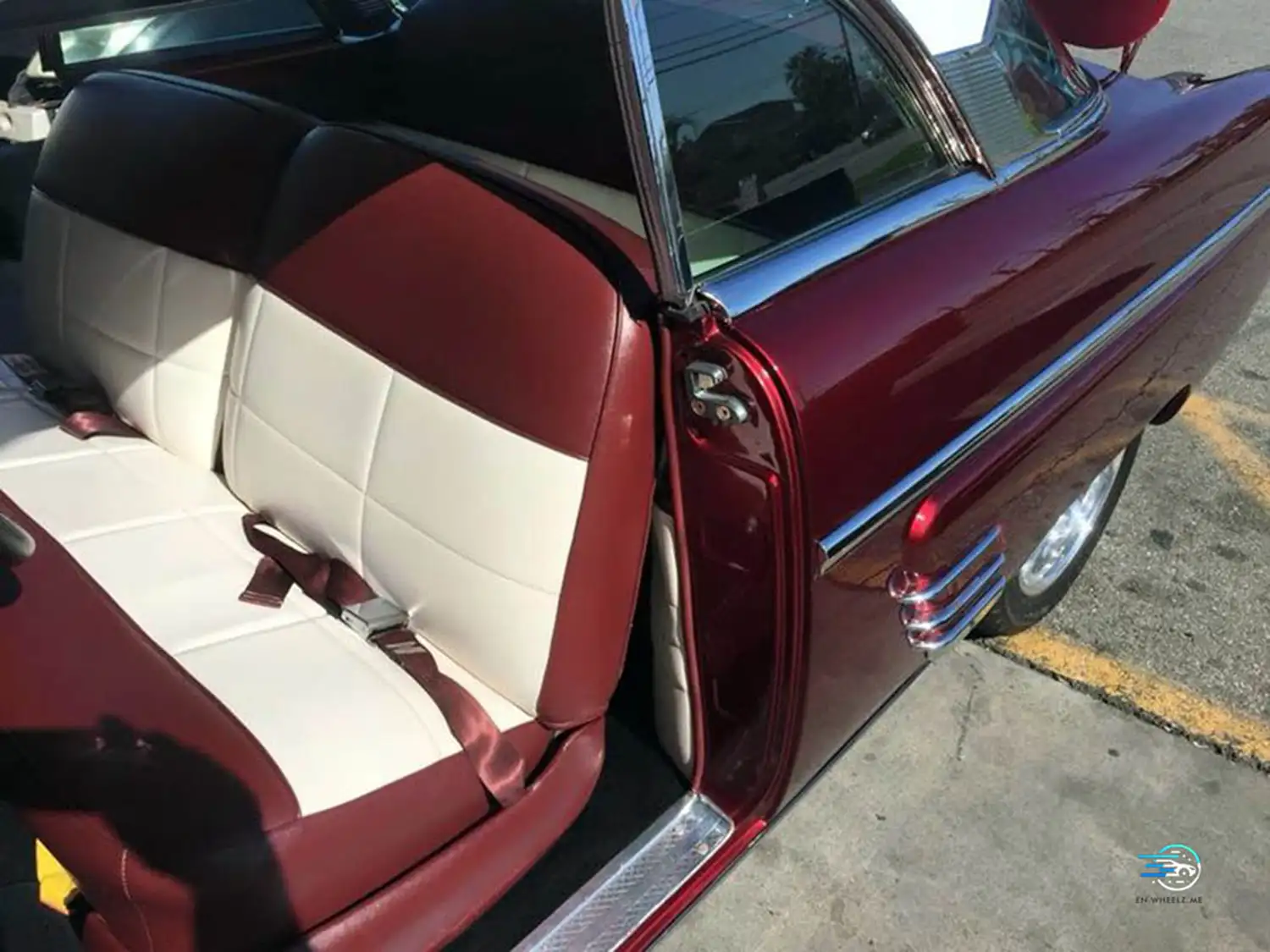
Beginnings
The Mercury Monterey made its debut in 1952 as a high-end trim level of the Mercury Eight, designed to offer a more luxurious and stylish option within Mercury’s lineup. It quickly gained attention for its sleek design and advanced features, setting the stage for future iterations of the Monterey nameplate.
In 1953, the Monterey transitioned from being a trim level to a distinct model, further solidifying its place in the Mercury lineup. The first generation of the Monterey was produced during a transformative period in automotive design, characterized by post-war optimism and the burgeoning era of tailfins and chrome detailing.
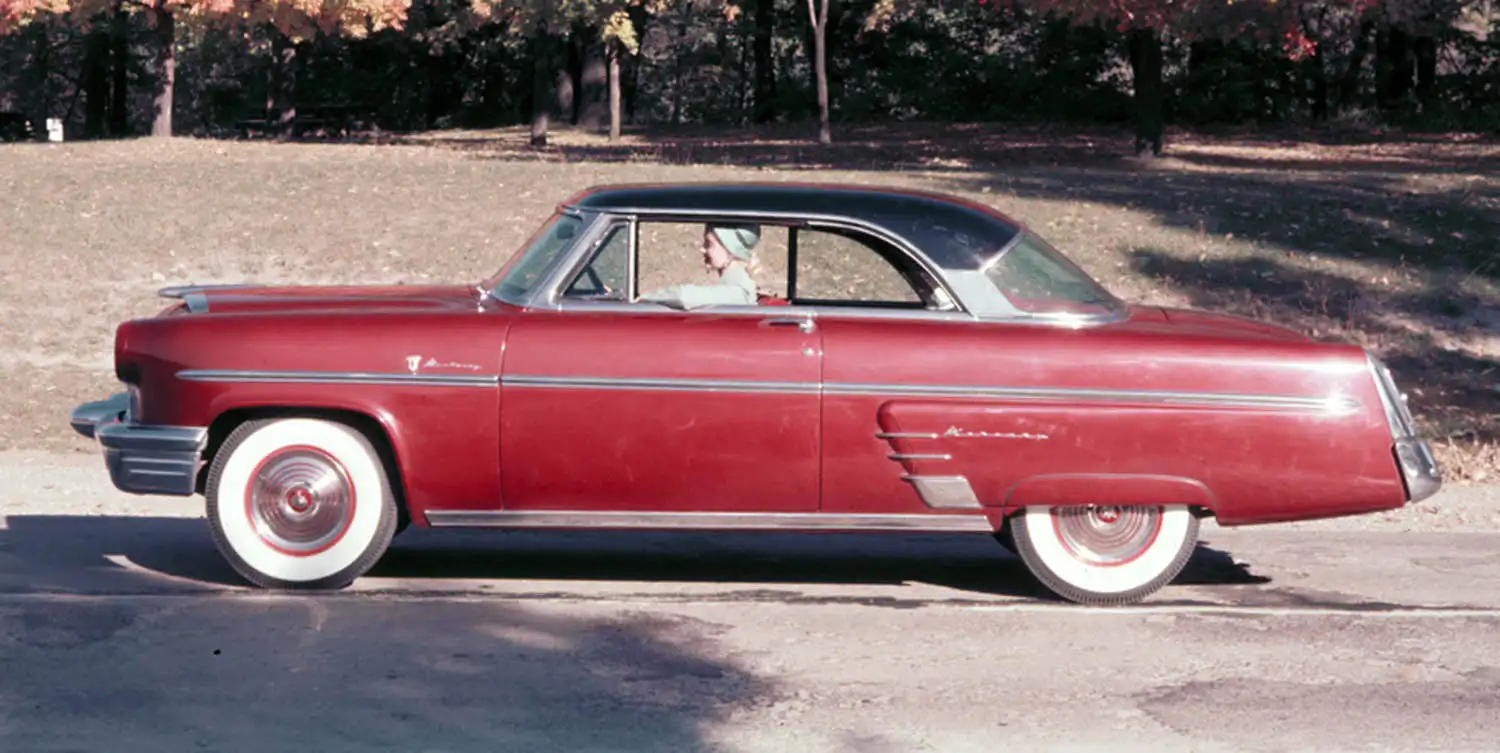
Specifications
1952 Mercury Monterey Two-Door:
- Engine: 255.4 cubic inch (4.2L) flathead V8
- Power: Approximately 125 horsepower
- Transmission: 3-speed manual
- Body Style: Two-door coupe
- Design Highlights: Streamlined body with a prominent chrome grille, smooth lines, and a luxurious interior with high-quality materials.

1953 Mercury Monterey Two-Door:
- Engine: 256 cubic inch (4.2L) flathead V8
- Power: Around 132 horsepower
- Transmission: 3-speed manual or optional overdrive
- Body Style: Two-door coupe
- Design Highlights: Redesigned front end with a more rounded grille, updated bumper design, and increased emphasis on chrome detailing.

1954 Mercury Monterey Two-Door:
- Engine: 256 cubic inch (4.2L) flathead V8
- Power: Approximately 150 horsepower
- Transmission: 3-speed manual or optional Merc-O-Matic automatic
- Body Style: Two-door coupe
- Design Highlights: More flamboyant styling with larger tailfins, a more pronounced grille, and a wider, more aggressive stance.
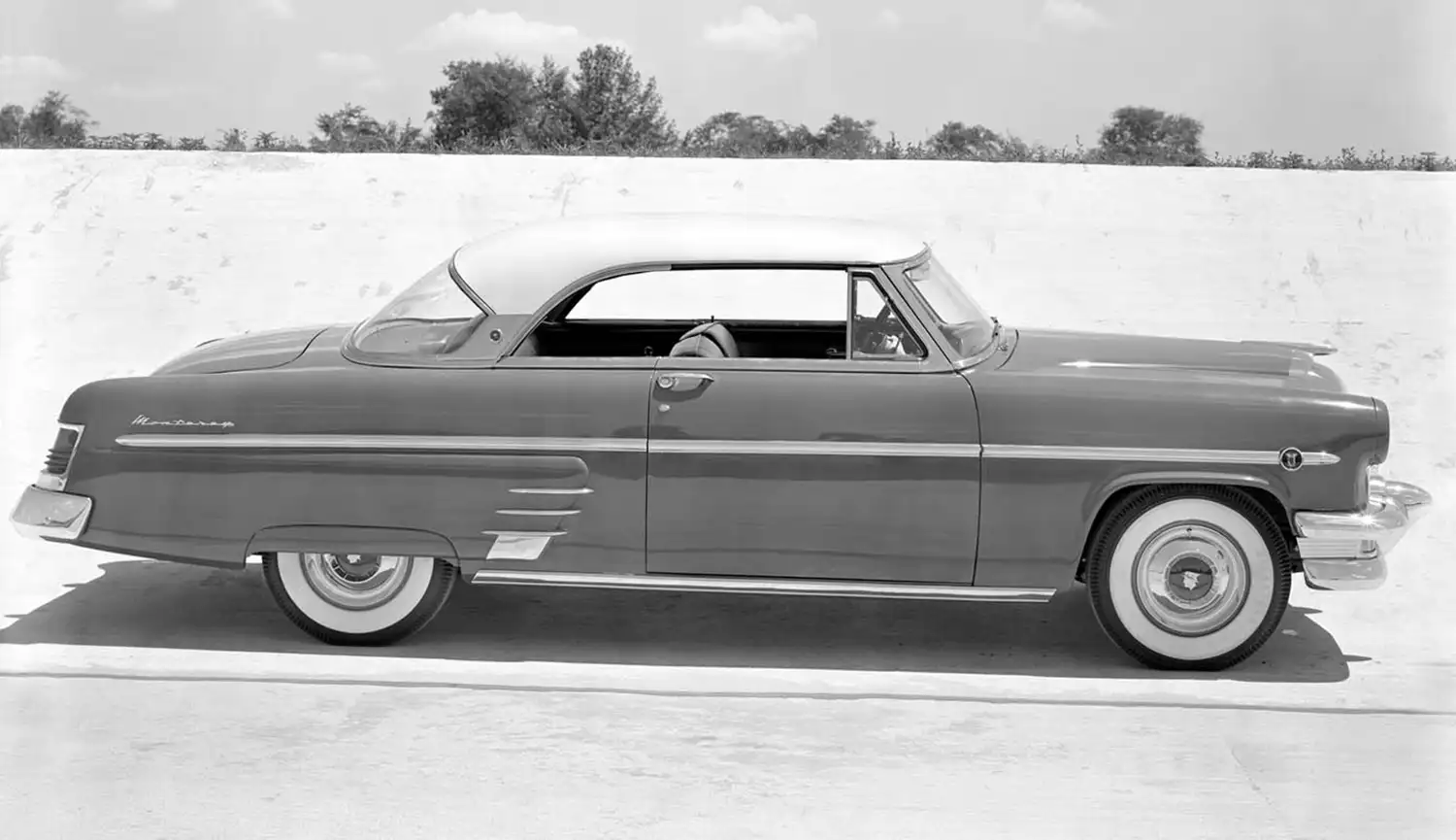
Sub-Variants
The First Generation Mercury Monterey Two-Door was available in several sub-variants, catering to different preferences and needs:
- Two-Door Hardtop: Known for its sleek, pillarless design, the Hardtop variant offered a more open and stylish appearance compared to the standard coupe. It featured a smooth roofline and enhanced the car’s modern look.
- Two-Door Sedan: This variant retained traditional pillars and offered a more classic sedan design while still providing the luxurious features of the Monterey line. It combined style with practicality, appealing to buyers looking for both elegance and functionality.
- Custom Series: Offered a higher level of trim and features compared to the standard model, including additional chrome accents and more luxurious interior options.
- Sun Valley: Introduced in 1954, the Sun Valley variant featured a unique glass roof panel, allowing for a more open and airy cabin experience.

Timeline and Evolution
1952: The Mercury Monterey was launched as a trim level of the Mercury Eight. It featured a sleek design and was positioned as a premium option within the Mercury lineup.
1953: The Monterey was elevated to a standalone model, receiving a redesign that included a more rounded grille and updated styling. This year marked a shift towards more modern design elements.
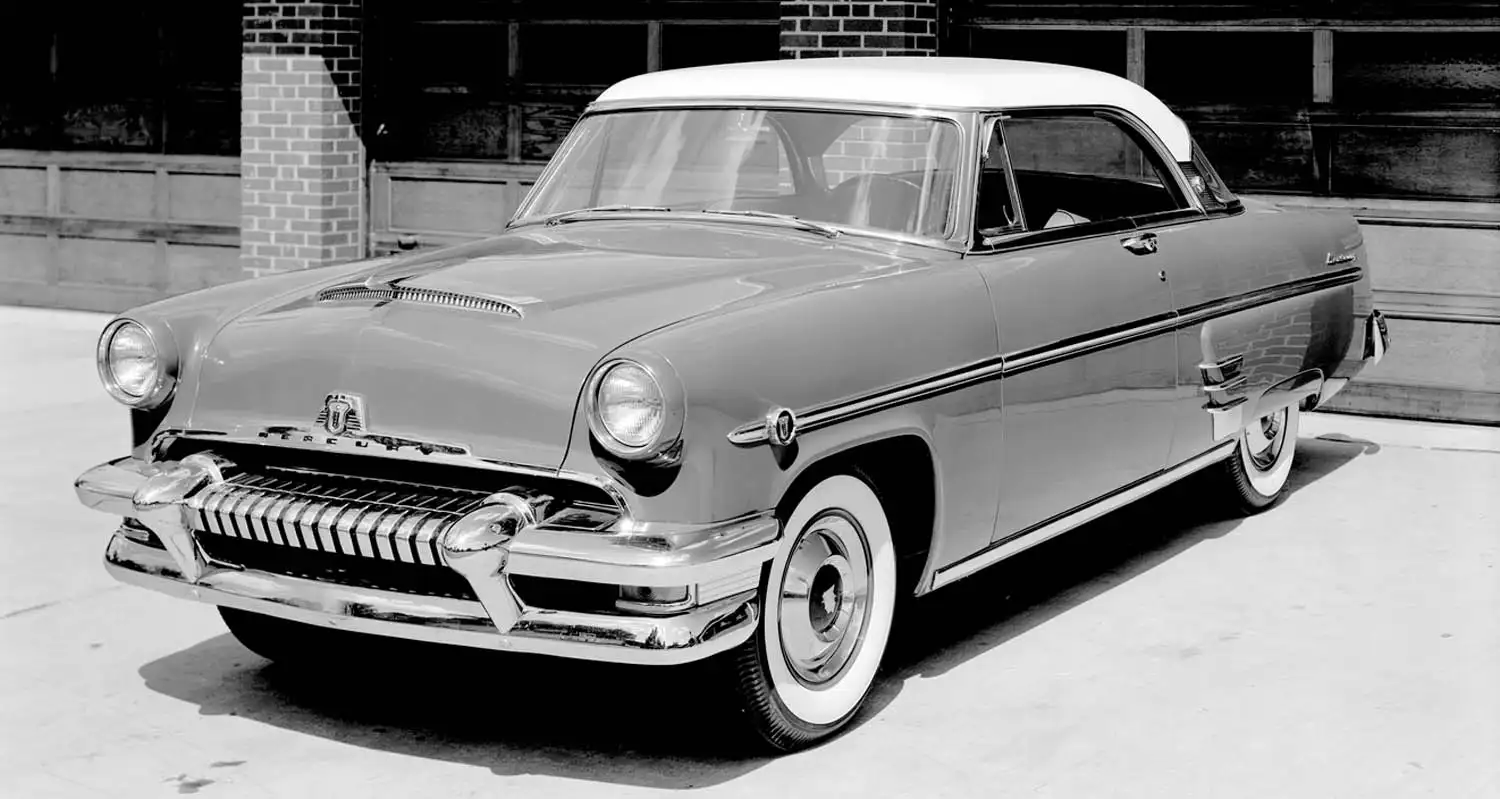
1954: The Monterey saw its most dramatic redesign, with increased emphasis on flamboyant styling, including larger tailfins and a more aggressive grille. This year also introduced the Sun Valley variant, showcasing innovative features.
The First Generation Mercury Monterey Two-Door, with its various sub-variants, remains a symbol of early 1950s automotive design, capturing the spirit of the era with its blend of style, performance, and luxury. Each model year introduced subtle refinements, contributing to the Monterey’s reputation as a distinctive and cherished classic.
Source: Ford Heritage Vault & Wheelz.me
This Article use tools from Chatgpt

